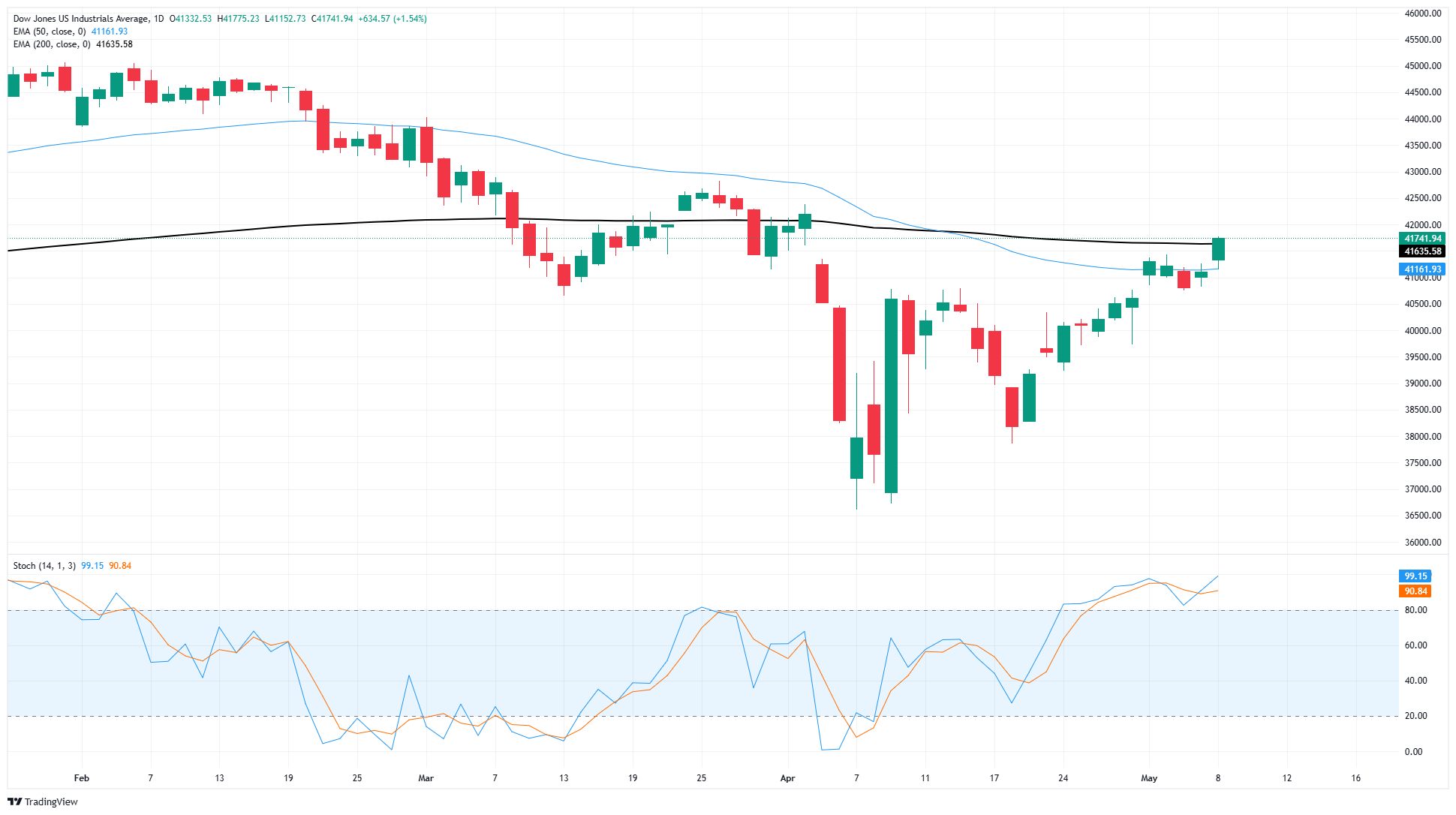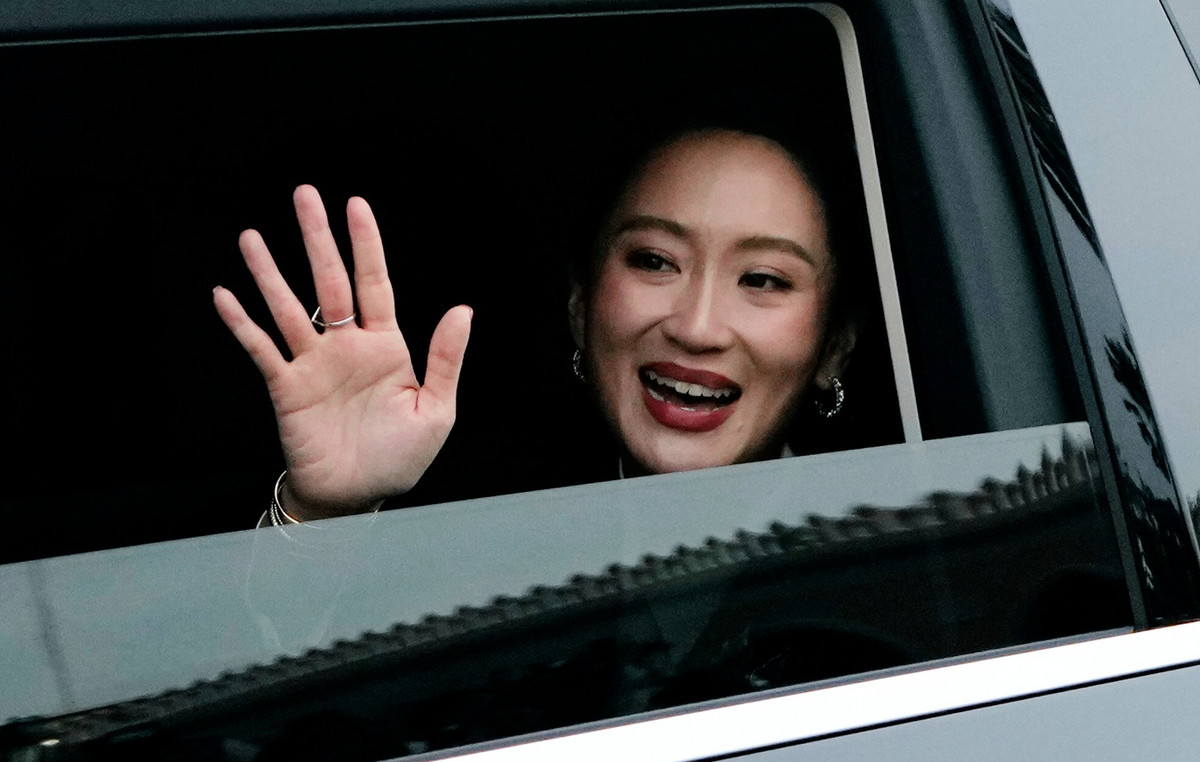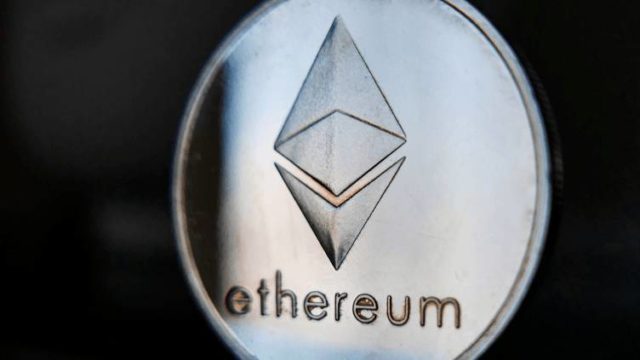- The Dow Jones rose 650 points on Thursday, reaching 41,750.
- The Trump administration has announced a preliminary commercial agreement with the United Kingdom.
- The real details of the trade agreement still leave broad US tariffs on most goods.
The industrial average Dow Jones (DJIA) gained ground on Thursday, rising more than 650 points or 1.6% after the Trump administration announced an incoming commercial agreement (but not yet signed) with the United Kingdom (United Kingdom). According to the commercial agreement, most of the imports of the United Kingdom will still see a 10% tariff in general, but the markets are taking the news as a sign that the Trump administration will continue at least partially backing their own tariffs over time.
Investors still expect a rapid resolution to the growing commercial war between the US and China, which has 145% import taxes on most China’s assets. However, the chances of rapid resolution of tariffs on China remain low. According to President Trump, he has no interest in retreating in the high import rates on Chinese goods, and the Chinese administration has been slow to establish commercial conversations. The delegates of the two countries have a preliminary meeting scheduled to discuss commercial details this weekend in Switzerland. Even so, those responsible for both sides have been moderating the expectations of immediate progress.
The deadline of tariffs is approaching, progress in trade agreements is still slow
The deadline of July 9 for the “pause” self -imposed from the Trump administration about its “unequal reciprocal tariffs” is quickly approaching. The markets still have faith that the Trump administration may sign enough trade agreements to minimize the damage of high import taxes. However, progress has been slow, and despite the fact that President Trump insisted several weeks ago that his administration is in commercial negotiations with more than 200 countries, progress seems to be non -existent. The commercial agreement with the United Kingdom announced on Thursday is still not signed and is not official, with Donald Trump stating that his administration should have everything “very conclusive” in the coming weeks.
Read more news about actions: Nasdaq advances while Trump announces a commercial agreement with the United Kingdom
Dow Jones price forecast
The Alcista Rally driven by Thursday’s trade has put Dow Jones again on the high side of the 200 -day exponential mobile (EMA) average about 41,600 for the first time since the beginning of April. The main stock market index has risen more than 14% after the bottom of 36,615, also in early April.
The Dow Jones has almost completed a total recovery of the tariff collapse that dragged the DJia to the region of 42,175. However, the bullish impulse is still warm in general, and the technical oscillators are completely fixed in overcompra territory, which strongly implies that the battle of the Dow Jones with the 200 -day Ema may not have finished yet.
Dow Jones daily graphics

Dow Jones Faqs
The Dow Jones Industrial Avenge, one of the oldest stock market indexes in the world, consists of the 30 most negotiated values in the United States. The index is weighted by the price instead of capitalization. It is calculated by adding the prices of the values that compose it and dividing them by a factor, currently 0.152. The index was founded by Charles Dow, also founder of the Wall Street Journal. In recent years it has been criticized for not being sufficiently representative, since it only follows 30 companies, unlike broader rates such as S&P 500.
There are many factors that promote the Dow Jones Industrial Average (DJIA) index. The main one is the added performance of the companies that compose it, revealed in the quarterly reports of business benefits. The American and world macroeconomic data also contribute, since they influence investor confidence. The level of interest rates, set by the Federal Reserve (FED), also influences the DJia, since it affects the cost of credit, on which many companies depend largely. Therefore, inflation can be a determining factor, as well as other parameters that influence the decisions of the Federal Reserve.
Dow’s theory is a method to identify the main trend of the stock market developed by Charles Dow. A key step is to compare the direction of the Dow Jones Industrial Avenge (DJIA) and the Dow Jones Transportation Average (DJTA) and just follow the trends in which both move in the same direction. The volume is a confirmation criterion. The theory uses elements of maximum and minimum analysis. Dow’s theory raises three phases of the trend: accumulation, when intelligent money begins to buy or sell; Public participation, when the general public joins the trend; and distribution, when intelligent money abandons the trend.
There are several ways to operate with the DJ. One of them is to use ETF that allow investors to negotiate the DJ as a single value, instead of having to buy shares of the 30 companies that compose it. An outstanding example is the SPDR Dow Jones Industrial Avenge ETF (day). Future contracts on the DJ allow the specular operators about the future value of the index and the options provide the right, but not the obligation, to buy or sell the index at a predetermined price in the future. Investment funds allow investors to buy a part of a diversified portfolio of DJ values, which provides exposure to global index.
Source: Fx Street
I am Joshua Winder, a senior-level journalist and editor at World Stock Market. I specialize in covering news related to the stock market and economic trends. With more than 8 years of experience in this field, I have become an expert in financial reporting.







